Research Article
Screening of Different Cultivars of Rapeseed-mustard against Mustard Aphid, Lipaphis erysimi, Kaltenbach with Respect to Sowing Dates
Department of Plant Protection, Faculty of Agricultural Science, Aligarh Muslim University, Aligarh, 202 002, India
Parvez Qamar Rizvi
Department of Plant Protection, Faculty of Agricultural Science, Aligarh Muslim University, Aligarh, 202 002, India









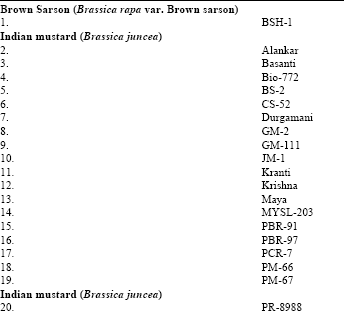
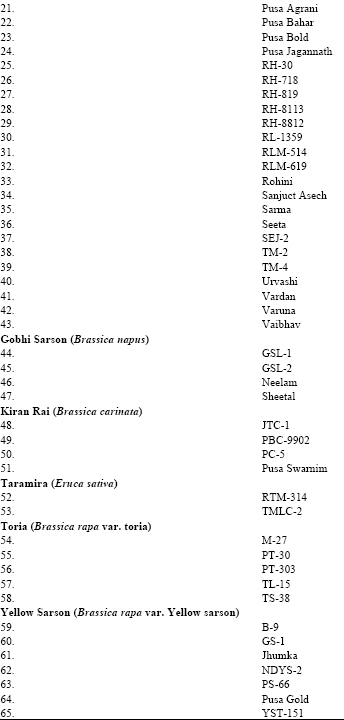
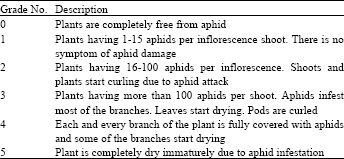
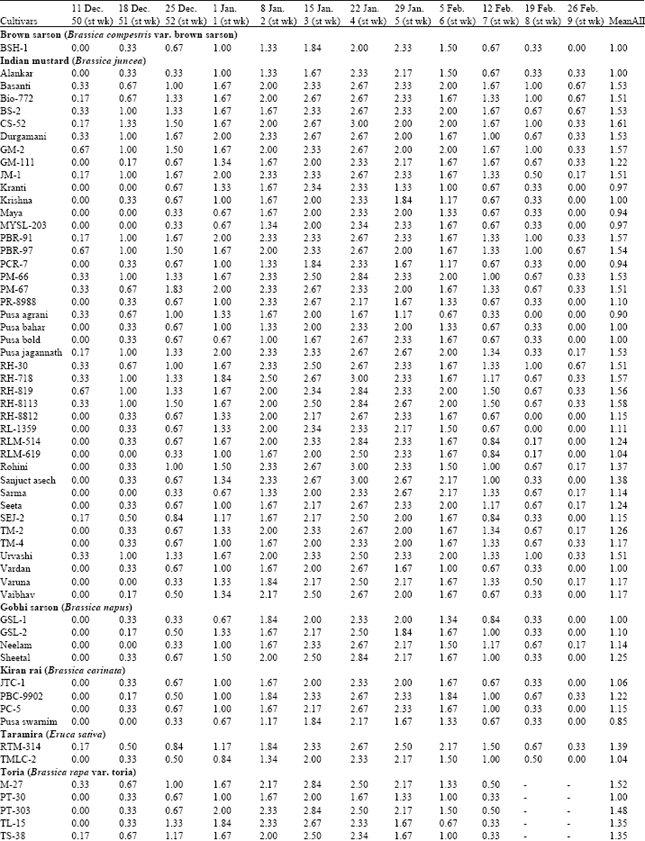

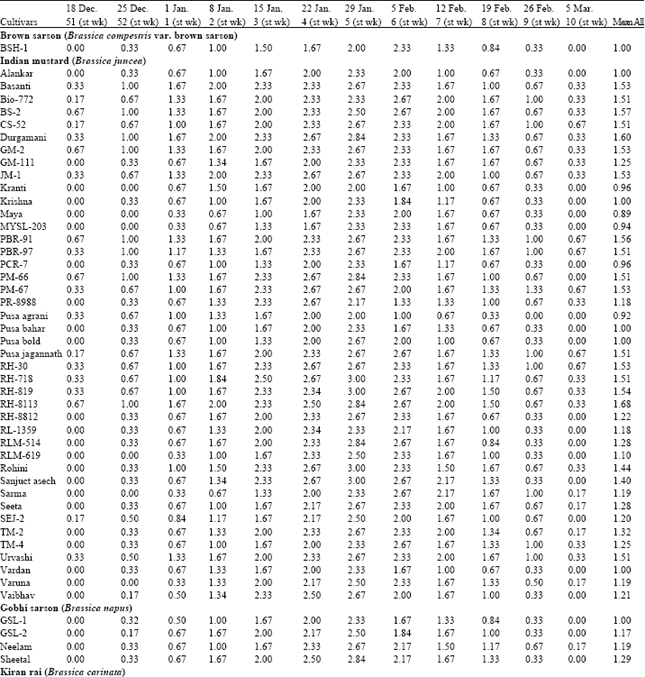
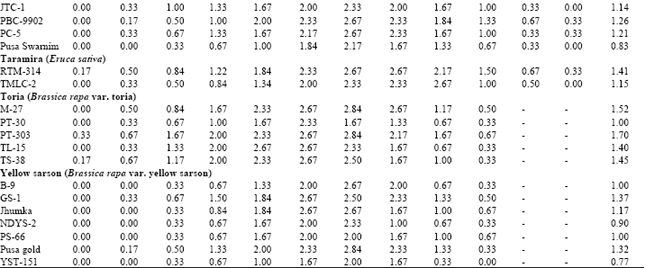
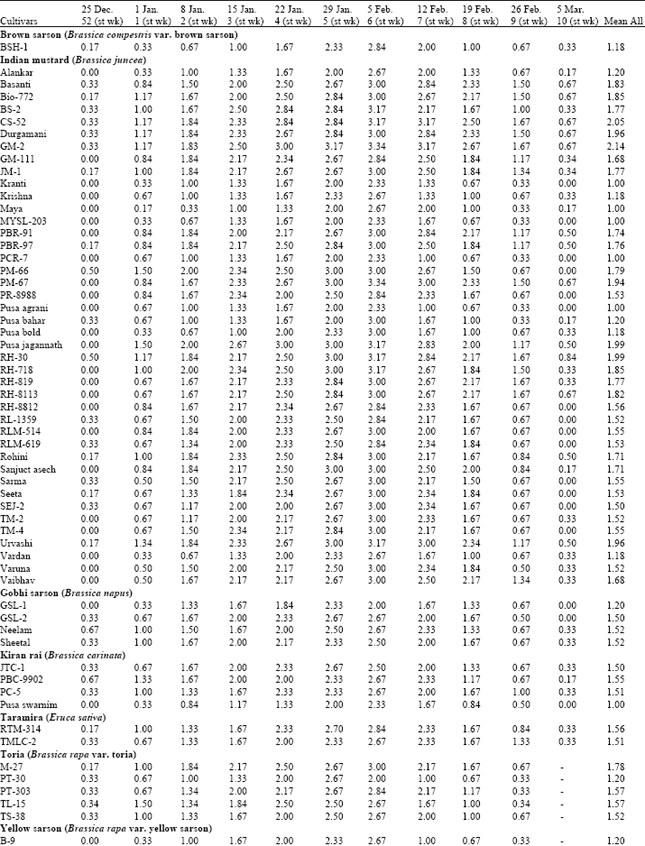

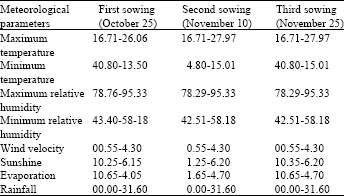
MUNNA YADAV Reply
very nice
and very useful to me
Dr. Arshad Ali
Dear Yadav, Thanks for your appreciation.